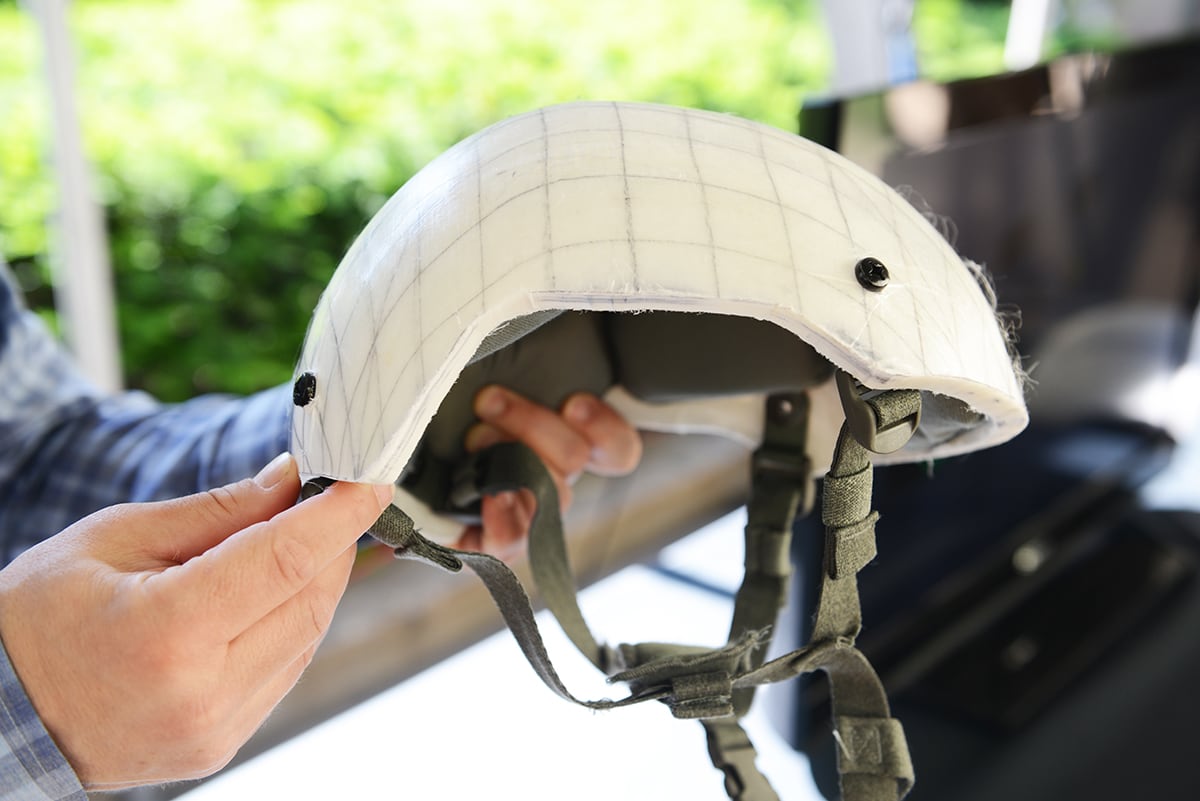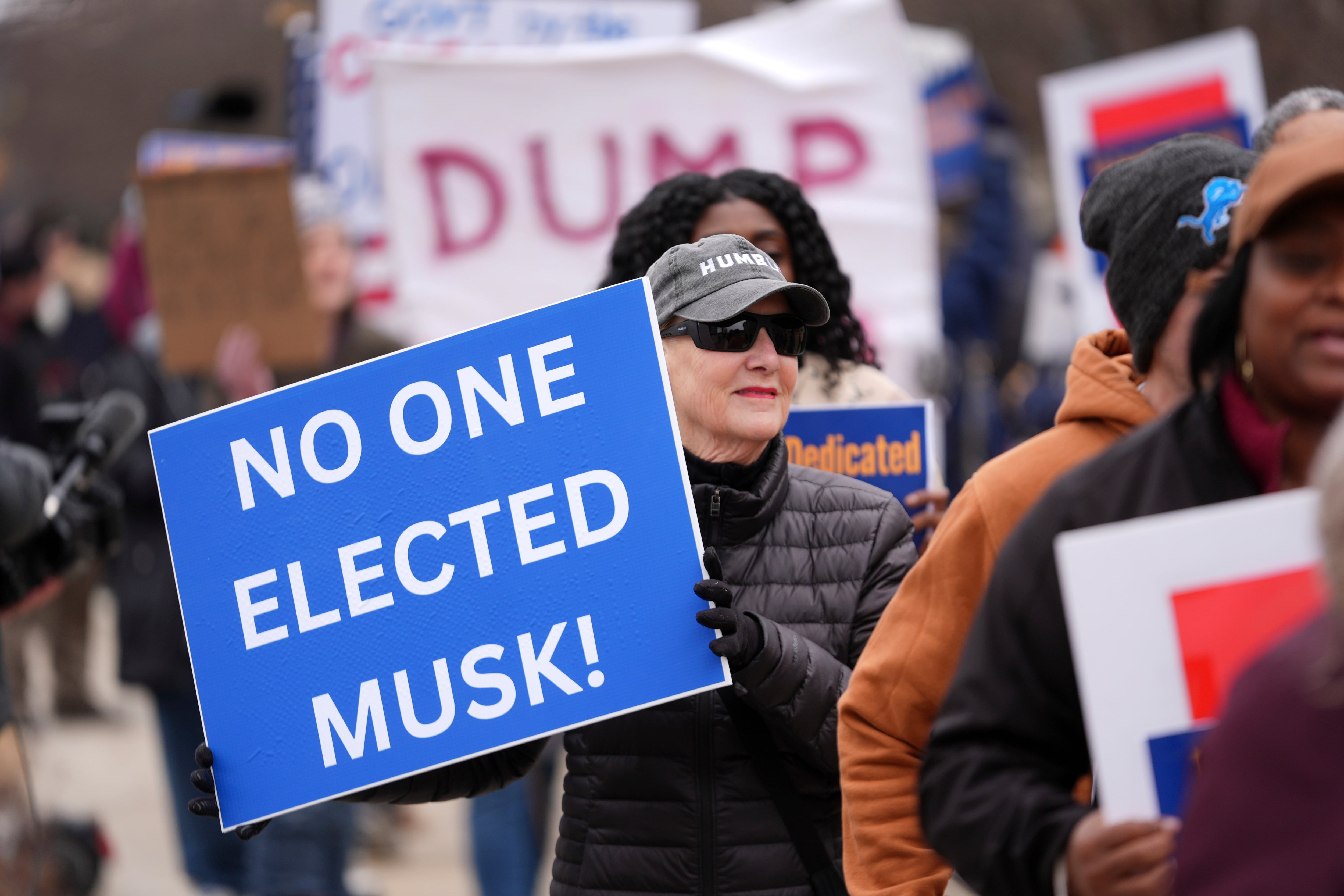A company founded by a former Washington Redskins all-pro has been tasked with designing next-level padding technology to protect troops from impacts and blasts that can cause brain trauma.
The Army recently announced a $600,000 contract award for a new combat helmet padding system to Windpact, an impact technology company founded by former Redskins cornerback Shawn Springs.
The contract falls under the Army’s Natick Soldier Research, Development and Engineering Center program to improve soldier equipment.
With the contract, Windpact aims to replace existing combat helmet impact systems with its patented Crash Cloud technology, an impact pad that uses a combination of foam and controlled air flow to provide enhanced protection at varying impact rates, according to a release.
“I’m excited, because obviously when you’re talking about the military, you’re wanting to do something better for these soldiers who are suffering from traumatic brain injuries, concussions and any other forceful impacts ranging from bomb blasts to Humvee accidents,” Springs told Military Times.
RELATED

Springs' connection to the military runs deep — his mother is a retired Army master sergeant. With his dad, Ron Springs, having also played professional football for eight seasons, the components of Shawn’s background weaved together to build a focus on improving padding to protect the body and brain.
But before his company begins putting padding in actual helmets, Springs and other researchers are finding out how to efficiently build the best padding system in a tech-based approach by testing structural impacts and putting the helmet through theoretical scenarios, similar to how car safety is studied, Springs said.
“[Automotive safety researchers] don’t crash 100 cars. They run [safety features] through modeling and simulation before they put it in a car on a test track,” he said.

Simulation with the Crash Cloud technology shows that it can automatically adjust to accommodate a wide range of impacts, from soft bumps to hard impacts, according to company officials.
And while Springs says the lessons learned from designing protective sports equipment influence elements of protective gear for service members, certain factors have to be tailored specifically for the battlefield.
“We also have to address human factors to solve for soldiers wearing it, with weight or temperature, for example,” he said. “Temperatures and conditions can be extreme at times, so you have to address everything a soldier might be dealing with.”
Though Windpact’s focus remains on interior padding of the helmet and other protective gear, the company also works with techs designing helmet shells to assist that research as needed, Springs said. The company also works in sports equipment, protective motorcycle gear and car padding systems.
“Anything you can think of that requires protective gear, we do," Springs said. "And the reason we can do that is because we’re not focused on one product, but we research the science behind the moment of impact.”
And the technology Windpact has developed for those moments of impact is an absorption design, similar to the compression and expansion of a mattress, which means it can take more than one impact.
While products produced by Windpact are designed to protect people in all kinds of environments, the potential improvements help a population that Springs insists is central to the company’s motivation.
“We play a game and make millions of dollars, but some of these soldiers are risking their lives for our freedom and the country,” he said. “So, if I can do my part to make a helmet safer — or any protective equipment for that matter — to protect them better while they protect us, I’m all for that.”
J.D. Simkins is the executive editor of Military Times and Defense News, and a Marine Corps veteran of the Iraq War.
Todd South has written about crime, courts, government and the military for multiple publications since 2004 and was named a 2014 Pulitzer finalist for a co-written project on witness intimidation. Todd is a Marine veteran of the Iraq War.




